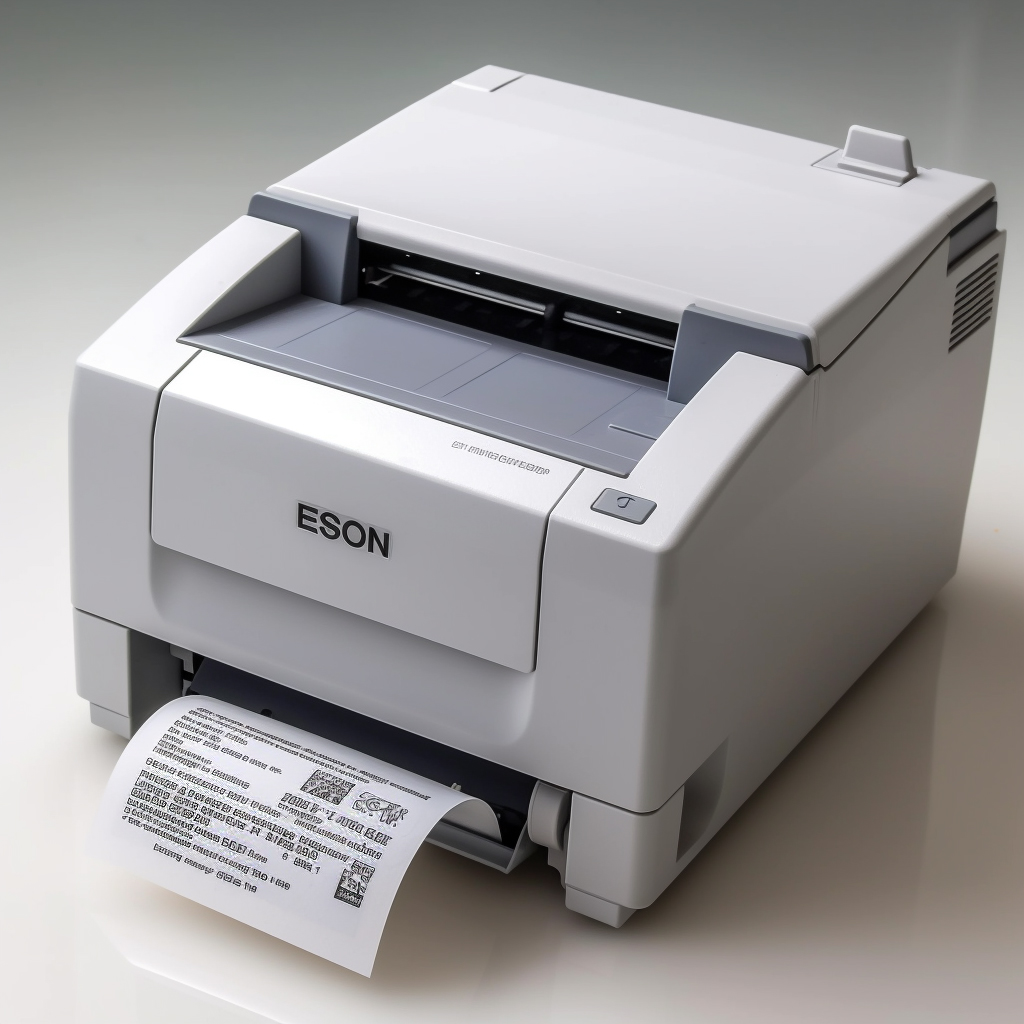
Thermal paper is a common printing material, widely used in the fields of receipts, bills and labels. However, there is often a concern: will thermal paper fade? In this article, we will explore this issue and provide some relevant information.
First, let’s understand how thermal paper works. The thermal paper was heated by the print head to generate the blot. Heating of the print head activates the thermal coating on the thermal paper, allowing it to produce visible images or text. This heat-sensitive coating changes color after heating, forming the printing results.
However, thermal paper does carry a risk of fading. Thermal paper has limited light resistance and heat resistance, and exposure to sunlight or high temperature may cause printing results to fade. Especially when exposed to UV light, it may fade even faster. Therefore, if a document or label printed on thermal paper is exposed to sunlight for a long time, the blot may gradually fade or even disappear.
In addition, the storage conditions can also affect the durability of the thermal paper. The risk of fading increases if thermal paper is stored in wet, hot or direct sunlight. Therefore, in order to extend the service life of thermal paper, it is recommended to store it in a cool, dry place and avoid contact with sunlight, heat source or excessive humidity.
However, it should be pointed out that not all thermal papers will have fading problems. There are some high quality thermal paper on the market, after specially treated and improved, with better durability and light resistance. These papers reduce the risk of fading to some extent and can provide more durable printing results. Therefore, the selection of high-quality thermal paper can reduce the problem of fading.
To sum up, the thermal paper does have a risk of fading under certain conditions. When exposed to adverse environments such as sunlight, high temperature and humidity, the printing results of thermal paper may gradually fade or even disappear. To extend the service life of thermal paper, we can take some precautions. First, try to avoid exposing the thermal paper to direct sunlight, especially for a long time of exposure. Second, choose a cool, dry environment when storing thermal paper, and ensure that the paper is not affected by humidity, high temperatures, or extreme temperatures. Moreover, regular inspection and replacement of thermal paper, especially when long-term preservation of printed documents required, can guarantee the quality and durability of printed results.
For applications that require higher durability and stability for printed results, for example, important commercial documents or long-term preserved archives, other printing techniques and materials may be considered. Inkjet printing and laser printing are common alternatives, they use plain paper and provide more durable, water-resistant and light-resistant printing results. These printing techniques are suitable for documents that require long-term preservation and high anti-fading requirements.
In conclusion, thermal paper does have a risk of fading under certain conditions, especially when exposure to adverse environments such as sunlight, high temperature and humidity. To reduce fading problems, choosing high-quality thermal paper, avoiding exposure to bad environments, and changing the paper regularly are worthwhile precautions. For applications that require more durable and stable printing results, other printing techniques and materials can be considered. When selecting the printed material, we should make the most appropriate choice according to the specific needs and the expected use conditions.
